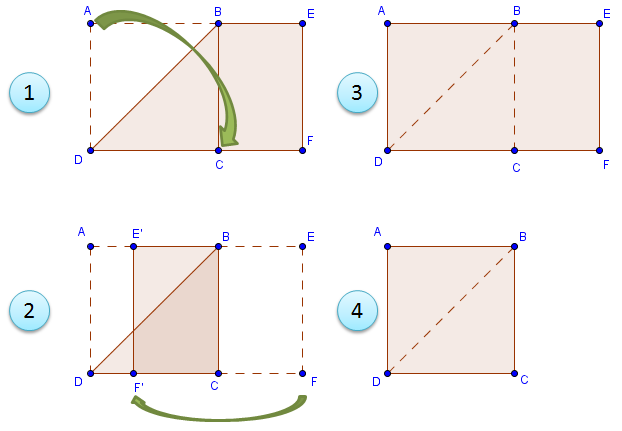Book Review: How to Prove It
If you are familiar with Polya’s How to Solve It, one of the most well-known classic books in mathematical problem solving, a similar book exists for learning mathematical proofs. Daniel Velleman’s How to Prove It: A Structured Approach is one of the good books available for learning the structure of proofs.
The books include topics onm Sentential logic, Quantification Logic, Proof Strategies, Relations, Functions, Mathematical Induction and Infinite Sets. It contains detailed explanation and numerous examples on different types of proofs and the logic behind them. It contains explanations on connectives, quantifiers, truth tables, countable and uncountable sets and more.
How to Prove It is a recommended book for undergraduate mathematics students as well as advanced high school students who plan to be mathematics majors.
